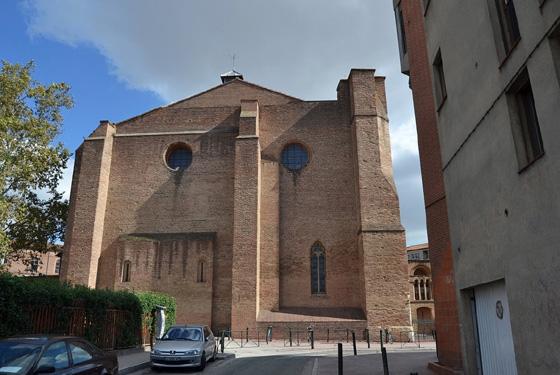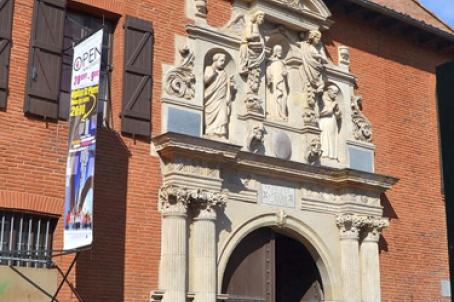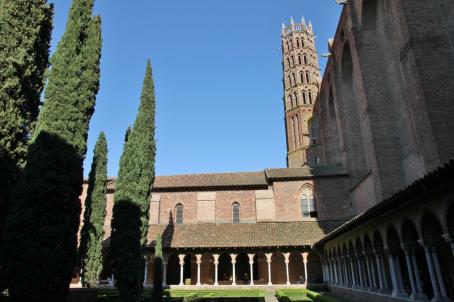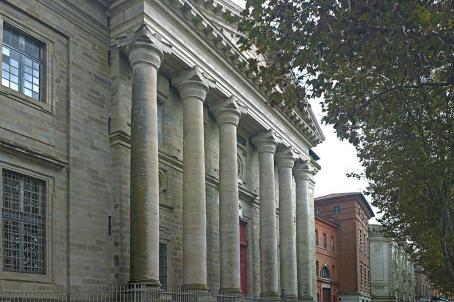Church of Saint-Pierre des Cuisines
This first-rate historical building in Toulouse reveals an exciting and unprecedented chronological stratification in a place that is today dedicated to music and dance. The descent of a few steps takes the visitor back in time to the 4th century or the beginning of the following century.
While the bishopric of Toulouse was being formed and established to the east of the city, a first church, with a funerary vocation, was built in the heart of a necropolis, to the north, on the banks of the Garonne. With a length of 30 meters, it was to have dimensions comparable to those of the first church Saint-Sernin, contemporary. At the end of Antiquity, people used to gather in this church to commemorate the deceased, whose tombs invaded the whole surrounding area and even the heart of the nave.
About this building
Former Cluniac priory descendant of Moissac, dating back to 1067, due to the Count of Toulouse William IV. In the 11th and 12th centuries, the building served as a meeting place for the town's notables. In 1628, the pope exchanged the priory of Villardonnel with Moissac for that of Saint-Pierre in order to donate it to the Carthusian monks who settled next door. The building preserves important vestiges of the 11th and 12th centuries (Romanesque portal, part of the wall with two Romanesque windows in the west façade, walls of the apsidal chapel and vestiges in the semicircular apse), and was completed in the 14th and 16th centuries. It consists of a choir with a flat chevet and a nave of very southern character. Its name has nothing to do with cooking: it is the translation of Coquinis, referring to small craftsmen. It has been converted into an auditorium today and contains a necropolis to visit.






